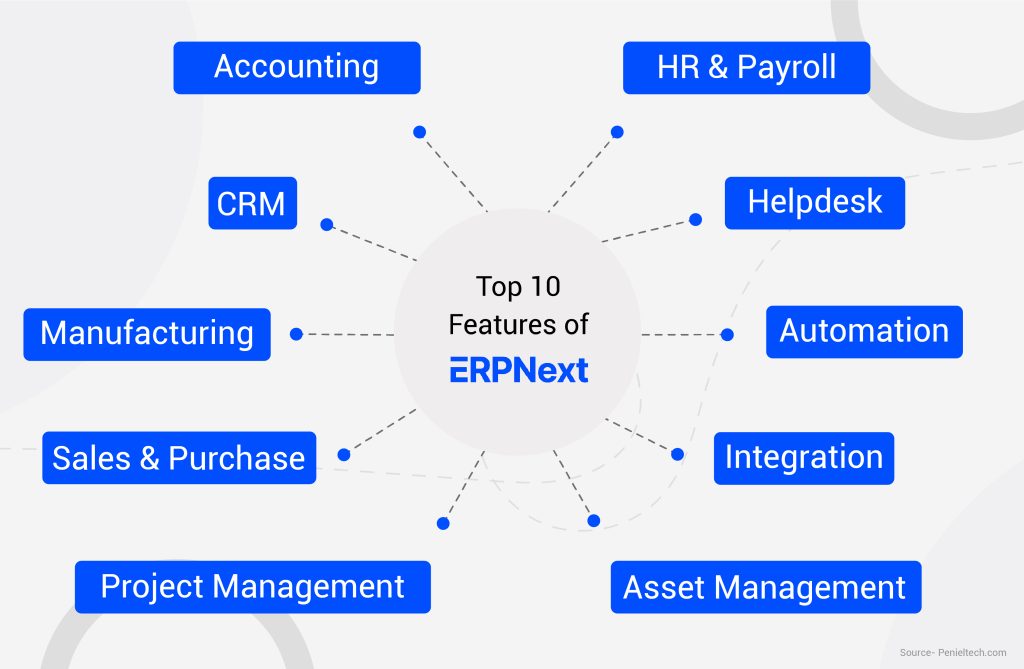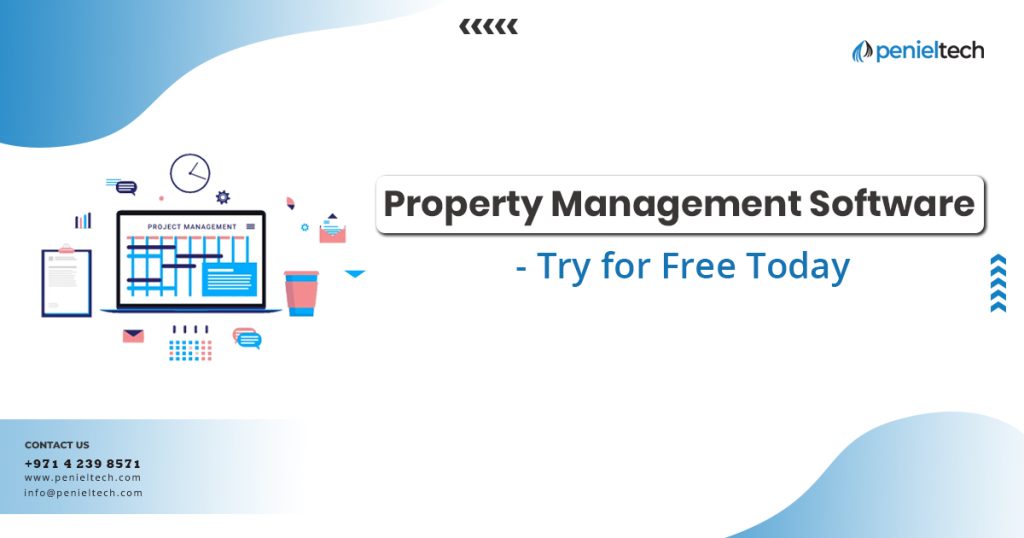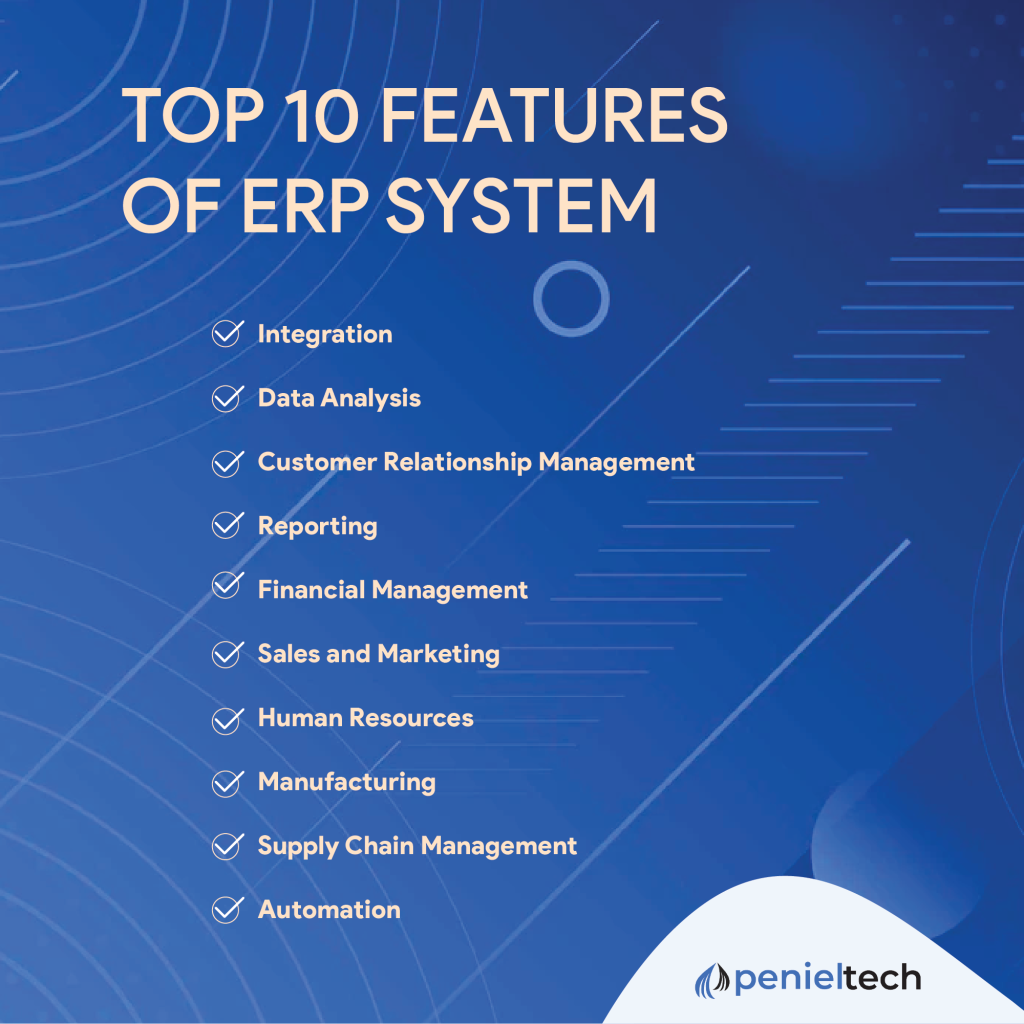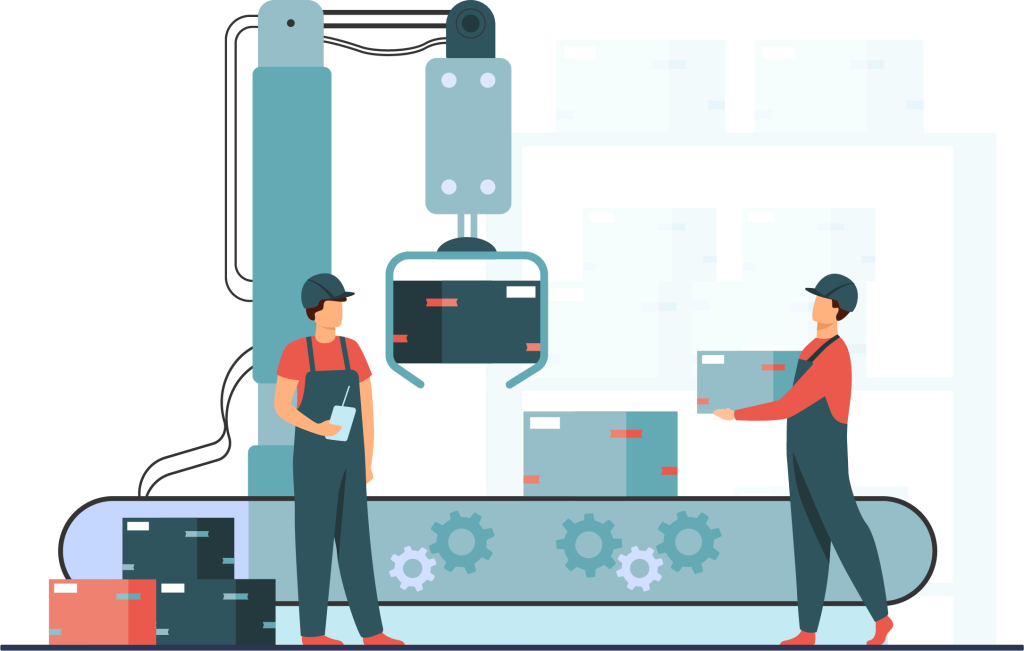Renting is increasing for various reasons, including the rising expense of home ownership and the desire of younger generations for greater housing flexibility. lets discuses rental property management system.
Existing landlords should think about a few strategies to maximize the value of their rental properties in light of all the above factors.

You could treble your rental income with just a few minor adjustments in the correct markets and with the appropriate modifications.
According to the facts mentioned below, updating your rental property is one of the simplest methods to raise the rent you may charge.
Why Do I Need to Upgrade My Rental Property?
You might be debating if remodeling your rental is truly worthwhile.
Your rental income can be increased by updating the furniture, installing new flooring, or even doing something as basic as painting the walls.
Here are some reasons why renovating your rental property could help you attract more renters and, consequently, make more money.
Make your rental property stand out from the competition
Make improvements to your property to increase its appeal to potential tenants.
If your budget allows it, spending a little more for a finished appearance will allow you to increase the monthly rental fee.
Increase in energy efficiency
Future tenants can save money on utilities by adding amenities like energy-efficient windows and a programmable thermostat, which is a well-liked selling point.
Increase property value
The rental property’s resale value will rise as you enhance its existing characteristics.
Boost tenant satisfaction
Upgrading the worktops, installing newer, higher-quality appliances, or making any other improvements will probably result in less upkeep being necessary for addition to giving future tenants a terrific experience.
Less people will call you to come to fix a leaky, broken dishwasher as a result. Renters are more satisfied as a result, and they are also more inclined to renew their leases.
Subtract remodeling expenses from your taxes.
Any expenses you incur for the repairs, if you’re merely maintaining your rental property, can probably be subtracted from the property’s taxable revenue.
Any work that goes beyond a straightforward repair, however, may be considered an improvement and is not deductible.
Let’s discuss the way to modernize the rental property
STUDY (AND APPLY) IOT
Never heard of “the Internet of Things” before? Google it first before doing anything else! IoT, in a nutshell, is the digitization of common household items like lamps, doorbells, and refrigerators. Why is this important to landlords, you ask?
Consider that the clear majority of millennials said they would pay up to a fifth more in rent for a “smart” apartment.
Or one furnished with amenities like keyless access and smart locks.
Consider replacing your standard lock with a Bluetooth lock, and don’t forget to install the security doorbell with a camera.
GET OUT FOR THE STEEL, SILVER
Even though the functionality of a plain white refrigerator and a flashy stainless-steel refrigerator may be identical, the stainless-steel refrigerator may command a higher monthly rent.
Installing new appliances can raise your property’s resale value and increase its appeal to tenants.
Stainless steel appliances give the appearance of a more modern, upgraded kitchen, which is one of the areas that tenants value the most.
ADD NEW HARDWARE TO THE KITCHEN AND BATHROOM
Start with updating the hardware on your kitchen cabinets, bathroom vanities, and other furniture if budget and simplicity are your top priorities.
Similar to stainless steel, posh new hardware can give the impression of being brand-new and opulent even when no significant upgrades have been made.
Consider what’s fashionable and choose cabinet hardware that is clearly contemporary rather than classic or timeless.
DEMONIZE A FEW WALLS
Do you want to remodel? Focus on opening up the area if you want to make the most of your rental property at any cost.
A modern open floor plan is preferred by those looking for all living arrangements, including renting, purchasing, and new construction.
Consumers are particularly concerned with open-concept kitchen, dining, and living spaces.
Thus remodeling for an open floor plan is a necessity if you want to reach top-tier luxury (and top pricing).
FRIENDLINESS FOR PETS
About half of renters own pets, according to statistics from the American Veterinary Association.
Going pet-friendly is the way to go if you want to appeal to millennials and modernize your listing.
In order to appeal to millennials, who currently account for the largest share of the American rental market, you must simply permit dogs.
They outnumber previous generations in terms of pet ownership.
Charging a sizeable pet deposit is entirely fine and will only draw the most responsible pet owners, which is obviously desirable.
ONLINE RENT PAYMENT OFFER
Make sure your property management software supports online rent payments for your tenants. They pay all their other bills online, so why not modernize their rent?
Theoretically, automating your payment procedure will make things simpler for you and your tenants.
Requiring fewer trips to the bank and eliminating the possibility of failed checks.
Additionally, it may automatically calculate late fees and apply them in order to prevent late payments.
PUT IN NEW FLOORING
According to the survey, replacing worn-out floors with hardwood was by far the most preferred option. Because it is simple to clean and has a contemporary appearance, hardwood is a popular material.
On the other hand, carpet is not frequently preferred in rental properties.
Since it can trap odors and needs more upkeep.
Replace the floors last as you complete the improvements on your rental home.
Installing floors at the conclusion will preserve them at their best.
Because other projects can generate a lot of dirt and dust.
However, install the new floors soon before the appliance installation in the kitchen.



